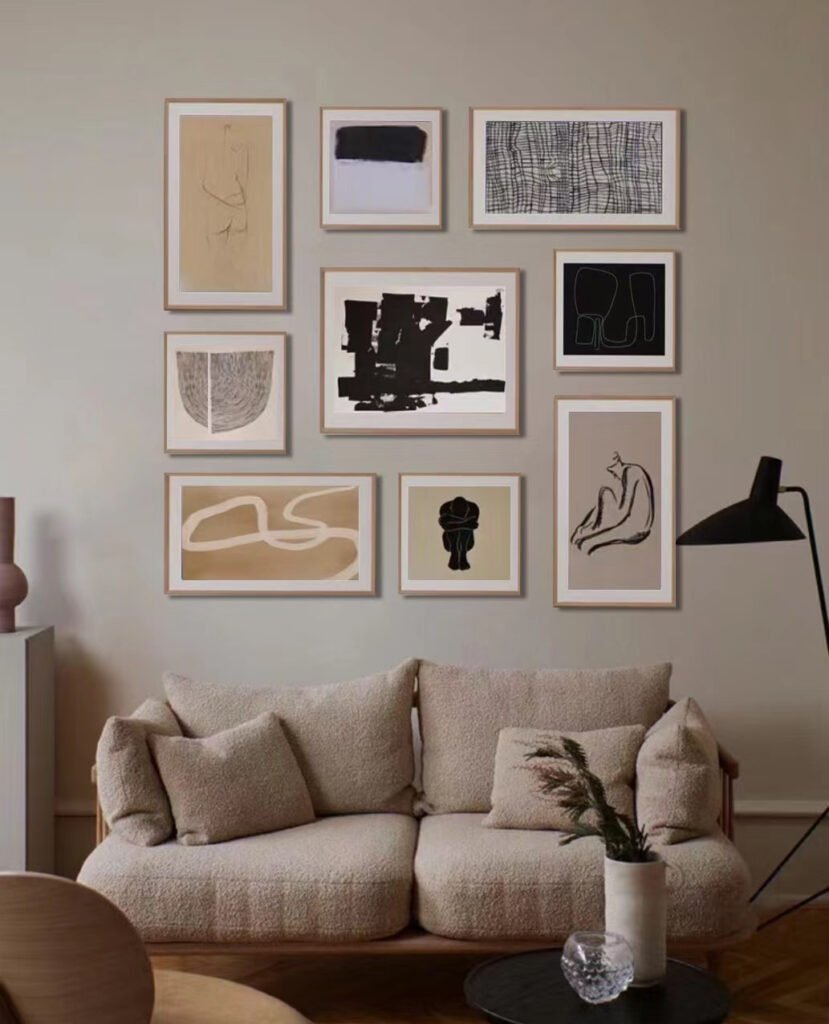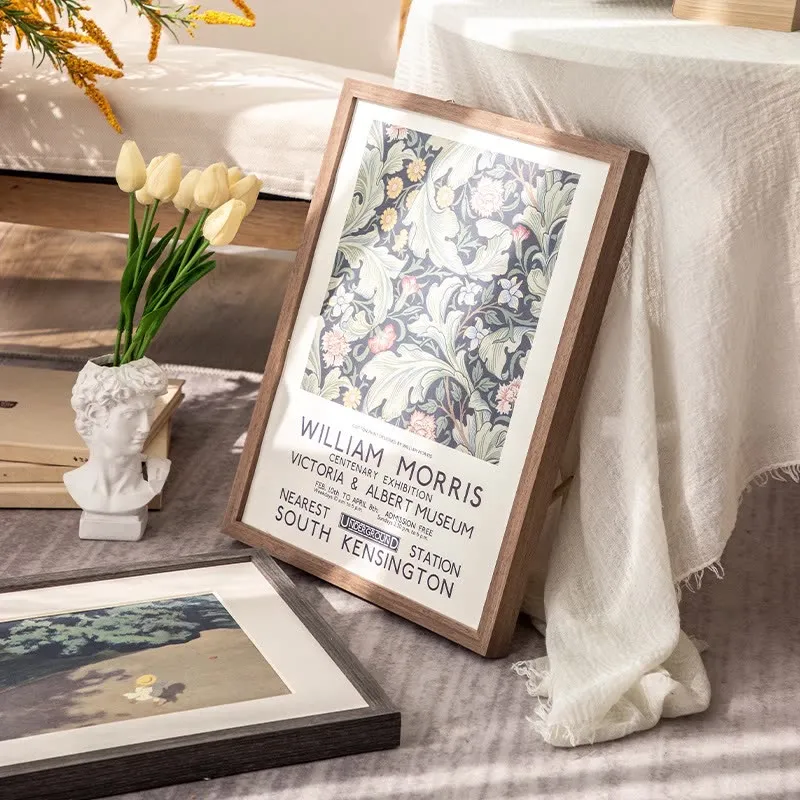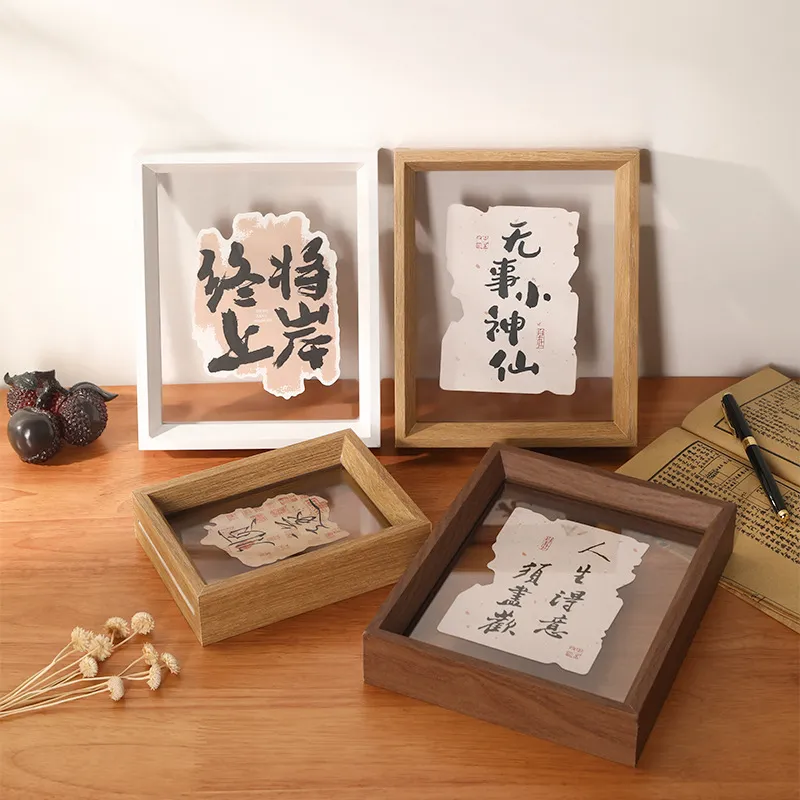The right artwork can bring character, warmth, and a unique personality to your home. However, choosing the wrong piece can disrupt the overall harmony of your space. Here are some expert tips on selecting artwork that will complement your home’s style and ambiance.

1. Consider the Scale
Scale is essential when it comes to artwork. A small piece on a large, empty wall can feel insignificant, while a piece that’s too large may overwhelm the space. If you’re unsure of size, start with standard-sized pieces that can easily be placed in various areas. You can also consider grouping smaller pieces for a gallery wall effect, which adds depth and visual interest.
2. Trust Your Instincts
Art is personal. Choose pieces that resonate with you rather than following trends or trying to please others. Since you’ll be viewing these pieces daily, it’s essential to pick ones you feel a connection with.
3. Monochrome is Timeless
Monochrome artwork, typically black and white, fits seamlessly into any décor style and room size. These pieces add elegance and a touch of sophistication, making them an ideal choice for almost any space. They also balance well with bolder pieces, adding contrast without clashing.
4. Mix and Match Styles
There’s no need to stick strictly to a single style. Combining modern art with antique furniture, or pairing classic art with contemporary furnishings, can create a dynamic and visually interesting space. Blending styles can bring out the best in both the artwork and the décor, creating a balanced and unique look.
5. Be Bold (in Moderation)
A bold piece of art can serve as a focal point, drawing attention and creating visual impact. However, if you choose a vibrant or highly detailed piece, ensure the surrounding décor remains minimalist to prevent the room from feeling cluttered. A bold choice stands out best when it’s allowed to shine on its own.

Types of Art to Consider
Understanding the different types of art can help you make a more informed choice for your home.
- Applied Art
- Applied art involves designs added to everyday objects, enhancing their aesthetic appeal without functional changes. This could include artistic furniture, designed ceramics, or painted glassware.
- Decorative Art
- Decorative art focuses on embellishing functional items, often in the form of crafted pieces like textiles, pottery, and jewelry. It’s an accessible way to incorporate artistry without altering the function of the item, and it can add an artisanal touch to your space.
- Fine Art
- Fine art emphasizes beauty over functionality and includes categories like drawings, paintings, prints, and sculptures. Fine art pieces are ideal for creating a gallery-like atmosphere in your home and making a statement about personal taste.
- Plastic Art
- Plastic art refers to three-dimensional pieces such as ceramics and sculptures. While the name suggests the use of plastic materials, it generally encompasses any form of sculpting or carving. This type of art is perfect for adding depth to your décor and works well as a focal point.
- Visual Art
- Encompassing a wide range of styles, visual art includes photography, painting, film-making, and sculptures, as well as design forms like fashion, graphic, and industrial design. Visual art pieces often have a significant aesthetic impact, enhancing the visual experience of a room.
Final Tips
When choosing art for your home, think of it as an extension of your style and personality. Invest in pieces that not only enhance your space visually but also bring you joy and inspiration every day. Whether bold or subtle, modern or classic, the right piece of art can transform your home into a unique and meaningful space.







